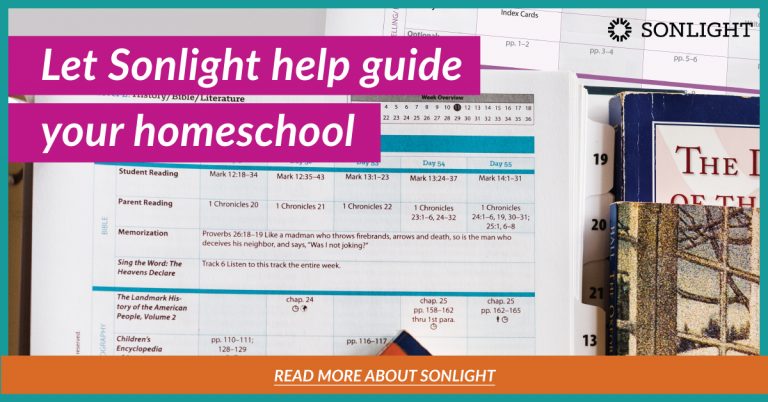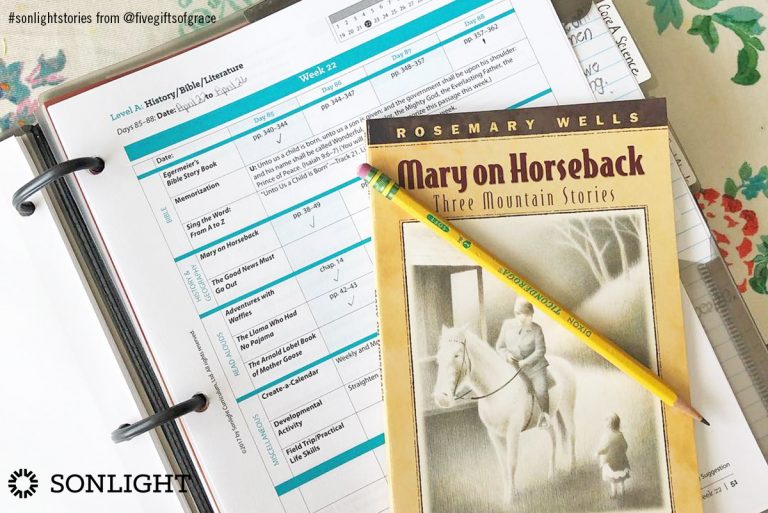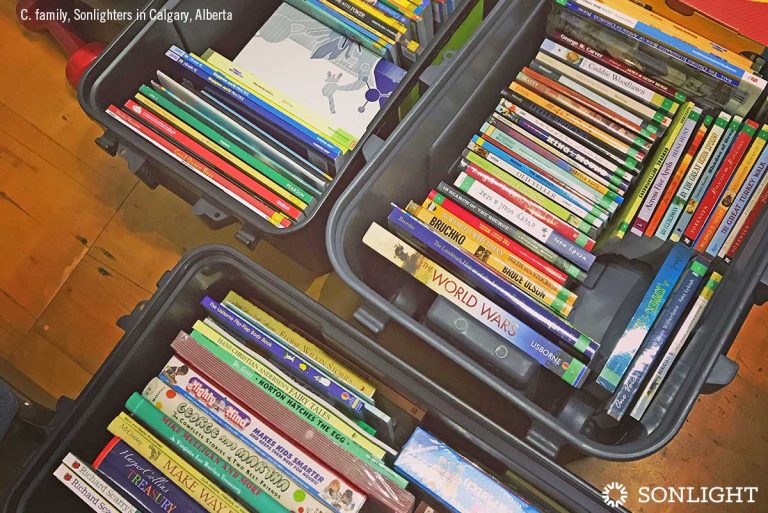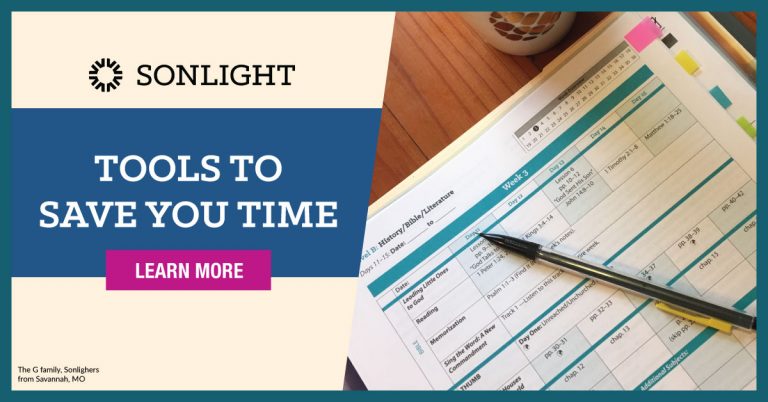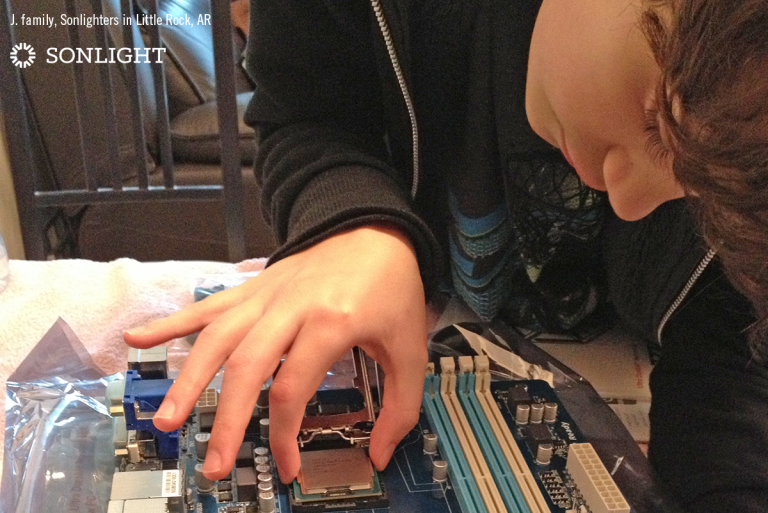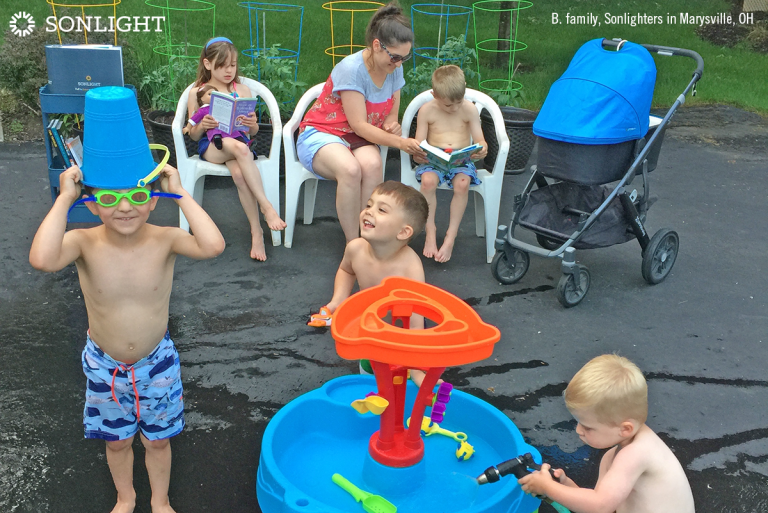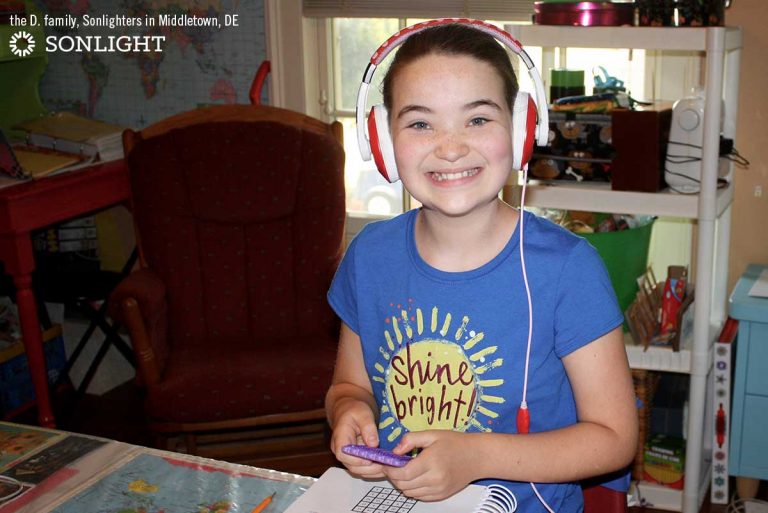
Technology is a blessing. Through advancements in technology in the last few decades, we have gained access to more information than we ever could have imagined.
- Do you need to renew your vehicle registration? No problem. That will only take five minutes online.
- Do you need to know who starred in that movie about an alien life form? Easy….just ask Siri.
- How about those calculations? Grab your smartphone.
We have never had easier access to information in the history of the world.
But with this fairly new rise in technology and information comes a whole other challenge...being a good steward of it. And that sometimes causes technology to feel more like a curse.
- Instead of using the dictionary, our children can simply ask Alexa the definition of phagocytosis.
- Instead of referencing the curriculum to figure out the answer to an algebra problem, our kids can use an app to show them the right answer.
It’s both amazing and scary to see how much we have begun to depend on our technology.
To borrow a line from Spiderman’s Uncle Ben, “With great power comes great responsibility.” With technology, we have great power at our fingertips, but we also have an immense responsibility to be good stewards of it. In response to this desire, my husband and I have developed 7 rules for managing technology in our family.
Some may find our rules too constraining while others will find them far too lax. You will need to find the right balance for your family. Hopefully, my family technology rules can serve as a starting point for having the conversation with your spouse and kids.
1. No Technology Before Kindergarten
Thankfully, we did the bulk of our baby years in the age before the smartphone, although our last two kiddos came in time for me to feel the temptation to hand them my iPhone. I know what it’s like to need a distraction, but we have been raising babies for hundreds of years without screens, and we can still do it today.
I have seen some of the negative effects of technology on children in the early childhood years. Kids who enjoy a lot of screen time each day tend to be easily bored and difficult to stay focused. They also tend to lack the fine motor skills they need for learning readiness, becoming accustomed to a simple, one-finger swiping motion.
It is imperative that we guard those early years and allow babies to be babies. They will fuss; they will throw fits in public. But over time they will also learn to occupy themselves. They will learn the art of being bored. They will begin to look around and notice unique things, attempt a new task that seems intriguing to them, and their curiosity will flourish. Hang in there, moms and dads! It will be worth it!
2. Stay Behind the Curve on New Technology
We have been blessed not to be able to afford the newest technology. Because we cannot buy our children all the newest gadgets, we have been able to dramatically limit their exposure to technology. Staying slightly behind the curve of technology has kept our kids from getting too attached to the latest and greatest.
Electronics tend to be very expensive immediately after release and gradually go down in price the longer they are on the market. Waiting for a few months or even years allows you to purchase less expensive used or refurbished electronics. I’ve also noticed that rather than having a consumer perspective, my children seem to care for the electronics they do own because they know that their systems are not easily replaceable.
3. Set Clear Boundaries for Technology
The best electronic advice I can give is to set clear boundaries around electronics and stick to them. In our family, we play video games only on weekends. There is never a conflict when it comes to homework during the week, and this rule keeps them going outside to find their entertainment. We have found that even on the weekends our kids are too busy doing other things to over-do their screen time.
And yes, we even hold to this rule during the summers. We are big fans of kids being outside, and summers are for exploring the great outdoors, not being cooped up inside. We also give our children opportunities to be bored. Boredom is the birthplace for creativity, and extended electronic use suppresses creativity.
4. Start with a Flip Phone
It is difficult for me, a 35-year-old woman, to manage my time on my smartphone. So it does not make any sense to me to hand the enormous temptation to a child and say,
- Don’t spend too much time on this device.
- Don’t go to any websites you shouldn’t.
- Be responsible with social media.
- Remember that nothing is private on this device.
- Don’t hide anything from me.
The list could go on and on. Using a smart phone is a huge responsibility for any adult, much less a child. So we decided a while back that when it was time to get our children phones, we would start them on prepaid flip phones.
A flip phone allows us to contact our child when needed and vice versa. It allows him to have age appropriate phone conversations with his friends. It also carries little chance of him spending too much time on his device with no data plan. I have to also add that it is incredibly satisfying watching him experience texting on a flip phone. Three or more taps for each letter...ahh, the nostalgia!
5. Establish Electronic-free Zones
Dinnertime is sacred in my mind, and I am a firm believer that phones and iPods should not make an appearance at the dinner table. Thus rule #5 is that no electronics are allowed at mealtime.
We also do not allow portable gaming systems in the living room. If my children want to play video games, they must do that in their rooms. Family time is for the family, not video games.
6. Use Technology with Safeguards
It is imperative to set up filters and safeguards when it comes to electronics. There are a myriad of filters available for families now, and they can be frustrating when they block perfectly decent websites. But it is infinitely worse to find out that your child has opened the door to pornography.
Passwords can provide another layer of protection for electronic use. Most streaming services have parental controls that help you regulate what is being watched even when you aren’t around, although you may not want to fully depend on that. It is so important to preemptively set up these safeguards because temptation is strong when so much information is available at your fingertips.
7. Model Good Stewardship of Technology
This is quite possibly the hardest part, but whether we like it or not, our children watch us. They are going to treat electronics the same way that we treat electronics. We need to practice discipline so that they learn to practice discipline. We need to model good stewardship of our electronic devices.
We are the first generation of people raising children in an age of immense exposure to technology and information. We are the pioneer generation for managing our time well on electronics. We need to do this well, and we need to be proactive in raising our children in this era.
I always love to hear what other people do, so I’m curious, what are your family rules for technology?



